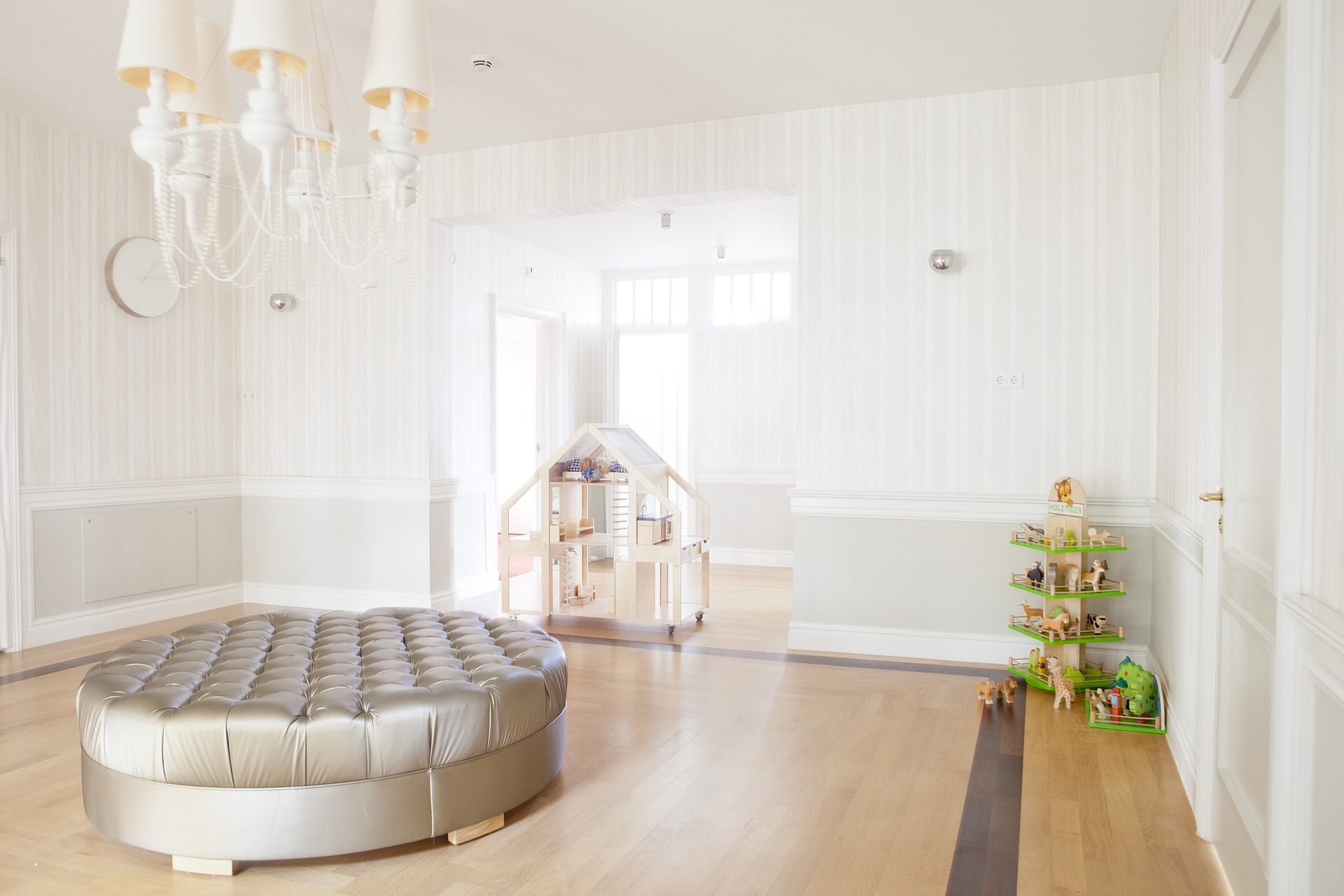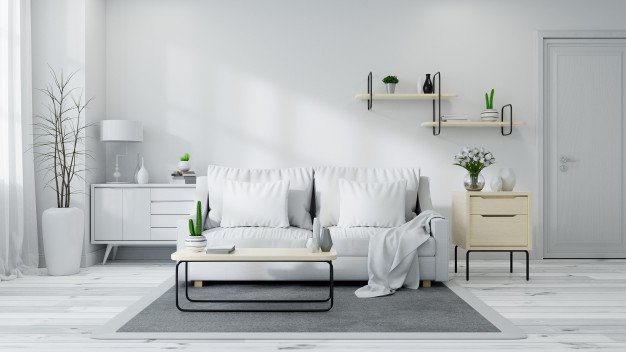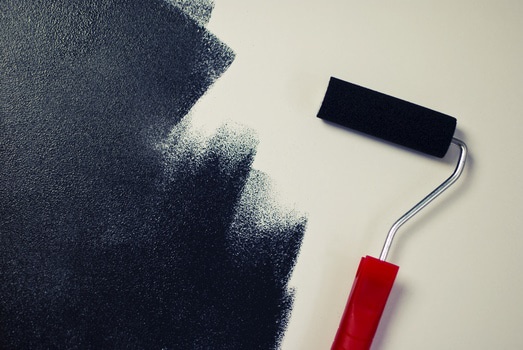The floor is often considered to be the most important surface in a building. As the base of all the rooms in your house, it is the starting point from which your home’s style and mood will flow.
Because of this, selecting the ideal material for your flooring will definitely be challenging.
However, once you have chosen your flooring material or materials, you can focus on the next step of completing this particular surface of your home: the color.
Whether you are choosing the best hues for your concrete floor coatings or the right finish for your hardwood floors, here are some tips to help you narrow down your options and make the right decision:
1. The size of the room:

The color you choose for your floor can make a room look more spacious and grand, or more intimate and warm.
As such, if you want a small bathroom, a narrow hallway, or any small room to look and feel more spacious, choose a light color for your floor. If you are looking for ideas to adapt your kitchen to give it a warmer, cozier vibe, opt for dark, earthy hues.
2. The mood you want the space to have:
Since color can affect a person’s mood, you have to choose hues for your floor that won’t work against the vibe or atmosphere of the room.
For instance, if you want the kitchen to be lively and vibrant, you can choose bolder colors for the floor. In case you want your bathroom to double as a spa, opt for colors that are calming and soothing, such as light blue or green hues.
3. The users of the room:
If you have a baby that is starting to eat solids or small kids, expect lots of spills and mess to be present on your floor all the time. As such, at this time, it would be best to have a light-colored floor in the room that they will frequent such as the kitchen.
This is because floors with light colors are easy to clean and can also hide more dirt and dust than you might think. They are perfect for areas of your home that handle a lot of traffic.
Lighter colors are also more effective in hiding marks, scratches, and fading that occur post-installation. They are, therefore, great if you have pets too.
4. The amount of natural light space receives:
Lighting also plays an important role in enhancing or diminishing the appeal of your floor.
This is because colors can change the way they look when exposed to different types of lighting. Additionally, some colors reflect and absorb light better than others. If you choose the wrong color for your floor, you will give it the wrong mood and appearance.
In case a room lacks natural light, choose a light color to brighten the space. If a room is flooded with ample natural light, you can create a sense of drama by opting for black or dark brown flooring.
And to be sure you will be happy with the floor’s true hue, look at the sample colors you like in the morning, noon, and night and by artificial light.
5. The furniture:
Lastly, your living room, kitchen, and other rooms won’t stay empty permanently so don’t forget to consider the furniture, decors, and other items you will place in them.
This means thinking about the color of the furniture and rugs you may be placing. If you plan on having an accent wall or displaying art pieces, consider them when choosing your floor color as well.
When choosing your floor colors, bring some elements that you already know will go into the room. These can include a throw pillow, framed pictures, a throw rug, etc. These items will help you make the right decision.
If you want to showcase some design furniture, you will do well to go for natural hues since they will create a neutral canvas and allow the piece to take center stage. Red tones, on the other hand, give a sense of luxury and as such, go well with grand, antique furnishings.
Choosing the right floor color means considering various elements that are already present and will be in the room. However, don’t be afraid to combine colors and experiment with different combinations. After all, your floor will also reflect your personal style and preference.
And if you are still having a hard time choosing your floor color, you can always ask your builder, interior designer, and decorative paint supplier for their recommendations.
Read Also:
- How Long Does Vinyl Flooring Last?
- How To Decorate A Room With No Cost
- List Of Most Durable Kitchen Flooring
- Secrets To The Perfect Bedroom Light
- What You Must Know About Wood Flooring?
- Use Floor Polishing For Keeping Your Flooring Looking New
- Five Bedroom Rug Ideas – Area Rugs And Decorating Ideas
- Hardwood Timber Flooring: Gives A Classic Look To Your Home























